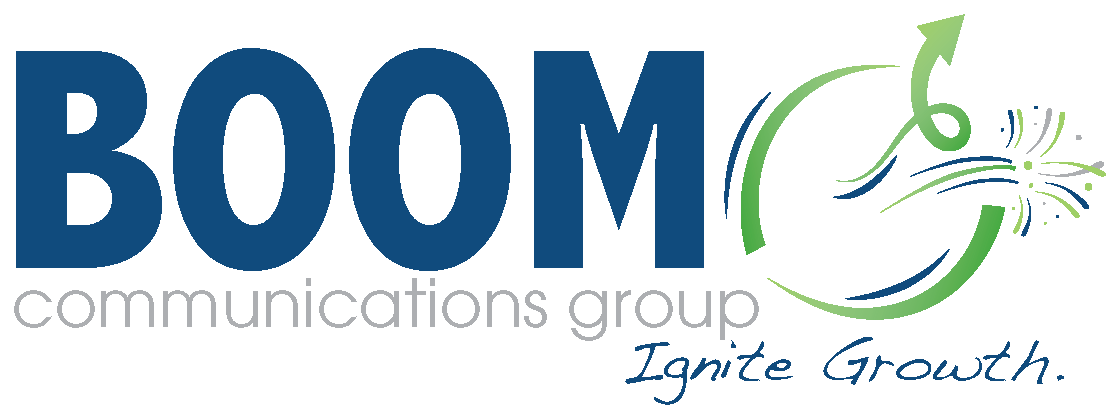
As more information becomes accessible online, print media reach continues to decline. Today’s marketers must find print media alternatives to drive traffic, grow distribution, and increase advertising revenue.
Continued advancements in internet and mobile technology allow people to access important information from anywhere at any time. About 90% of adults get news online, resulting in a 6% decline in print newspaper circulation from the previous year. With less reach, print media is becoming less effective as a marketing tool, causing marketers to reconsider their strategy and find print media alternatives to help increase brand awareness, drive traffic, and boost sales.
Keep reading to learn about print media alternatives that help combat declining reach and drive success for your newspaper printing and magazine printing business.
Key Takeaways
- Print media is a physical advertisement that involves ink on paper to deliver a message.
- While reach is declining as more people rely on digital sources for information consumption, print media can be part of a well-rounded omnichannel marketing strategy.
- From digital platforms to social media networks, numerous print media alternatives can benefit a well-rounded marketing strategy.
Is Print Media Dead?
Print media is any physical advertisement that relies on ink printed on paper to deliver a message. It typically includes traditional forms of media like:
- Newspapers
- Magazines
- Billboards
- Mailers
- Posters
- Postcards
As digital ads rise and print media reach declines, they can still be a useful part of an omnichannel marketing strategy. Some target audience demographics benefit from this particular form of marketing. For example, 21% of people aged 65 and older prefer print newspapers, presumably because they aren’t as technologically savvy as younger readers. Meanwhile, 19 million Americans lack reliable internet service and, as a result, may rely on print media as their primary source of news.

Print media is beneficial because it:
- Is ideal for local targeting
- Delivers a high ROI
- Grants small businesses higher visibility
- Can reach multiple generations
- Appeals to visual and tactile learners
Regardless of its advantages, print media isn’t reaching the broad audience it once did. People love the convenience and accessibility of digital media, so advertisers may need to explore additional ways to supplement a well-rounded marketing strategy. To grow page count, expand readership, and generate more revenue, today’s marketers should consider print media alternatives for optimal results.
5 Effective Print Media Alternatives
As print media reach declines, digital ads rise. From online platforms to audio and video files, several effective marketing tools are available for today’s advertisers. Here are five effective print media alternatives to build a following, drive people to your site, and close sales.

1. Digital Subscriptions
The first (and probably most obvious) alternative to print media is digital subscriptions to your newspaper or magazine printing services. With a digital subscription, users pay a monthly fee to access all your content or specific, tailored information. Subscription benefits can unlock special experiences like access to downloadable files, commenting ability, or rewards programs. Digital subscribers may also enjoy exclusive members-only content.
Because publishers are avoiding the cost of printing, digital subscriptions cost readers about $20 a month less than print subscriptions. This means that, while digital subscriptions help in lowering the cost of doing business, a publication needs to obtain more digital subscriptions to equal one print subscription. Regardless, it’s an effective alternative to print media.
2. Google Ads
Google Ads are paid advertisements that appear in search engine rankings. They rely on keywords and content to include your ad among a listing of relevant solutions for online searchers. You’ll choose keywords you want associated with your ad and place a bid on those words. If you win that bid, then you get dibs on that keyword.
Google Ads are budget-friendly because you can set the amount you’re willing to spend. You can choose from:
- CPC (cost-per-click): amount you’ll pay every time someone clicks on your ad.
- CPM (cost-per-mille): amount you’ll pay for every 1,000 ad impressions.
- CPE (cost-per-engagement): amount you’ll pay when someone acts on your ad.
In addition to being cost-effective, Google Ads enable you to target your ads, track your progress, and easily manage your campaigns for optimal results.
3. Social Media Ads
With more than half the world on a social platform, social media has an extremely broad reach so that you can get high visibility with a large audience. It’s also a way to create highly targeted ads that connect with very specific demographics. Age, gender, location, and interests can all contribute to a custom campaign that ensures you’re reaching the right people with the right message at the right time.
Social media content is easily shareable. With the click of a button, readers can share your content with their network, increasing your visibility and creating more brand awareness. Social media posts promote engagement, as users can comment on, like, and tag your posts to generate more interest and open a dialogue about your content. As such, social media is a great way to build brand recognition and connect with your audience on a deeper, more emotional level.
4. YouTube Videos
YouTube continues to serve as the most dominant social media platform today. That’s because video is a powerful marketing tool that entertains, engages, and connects users to advertisers. You’re able to build a strong brand identity and put a face with your company name to build trust, gain credibility, and form lasting relationships with your audience. YouTube is an effective way to promote your brand because it reaches a wide audience who is actively searching for content like yours. As a result, you’ll gain quality leads and drive valuable traffic to your site for increased conversions.
The following video teaches effective steps to run a successful YouTube ad campaign:
5. Podcasts
Podcasts allow brands to reach a captive audience, as people are tuned in to a compelling story or riveting program and don’t want to tune out. They also help companies target a niche audience, as podcasts can address highly specific topics that appeal to a clearly defined group of people. A good return on investment, podcasts deliver valuable information and serve as a useful resource and tool for listeners. Ads on podcasts are often read live by the show’s host, making them more personal, intimate, and trustworthy.
Maximize Print Media Alternatives
BOOM Communications delivers advertising and marketing solutions that generate traffic, attract leads, and increase conversion rates. Let us help you build an omnichannel marketing strategy that builds growth and success.
Contact BOOM Communications today to learn how we can help you maximize print media alternatives.
